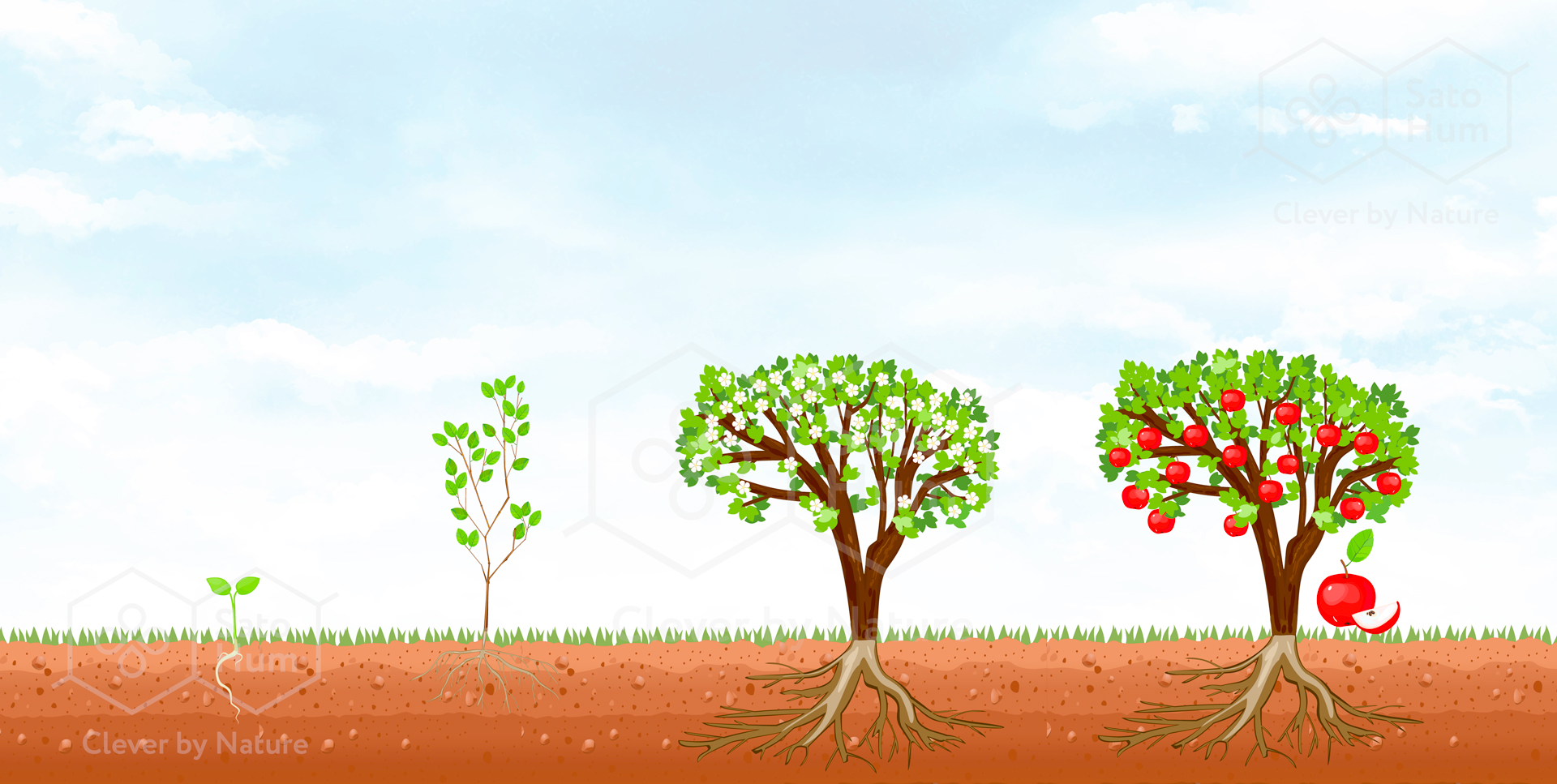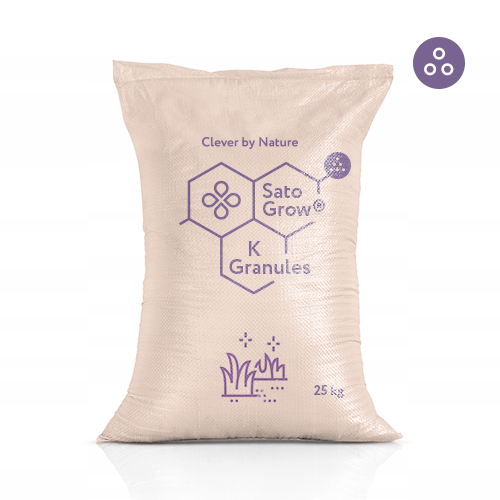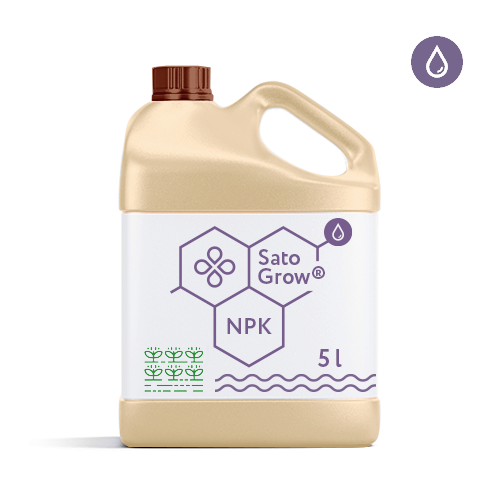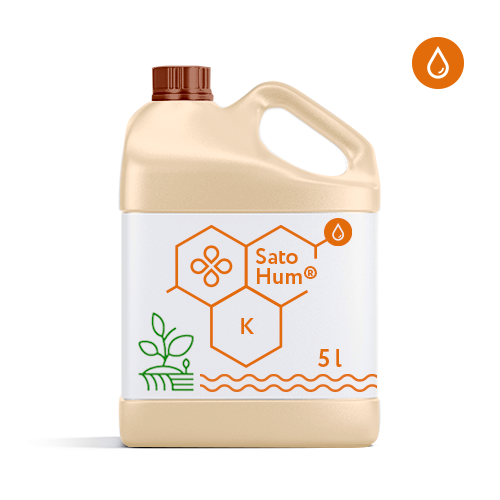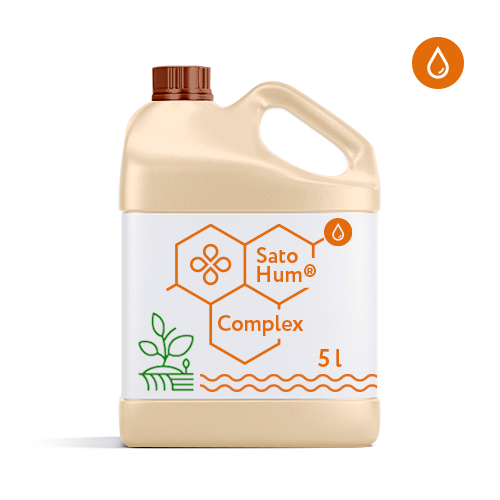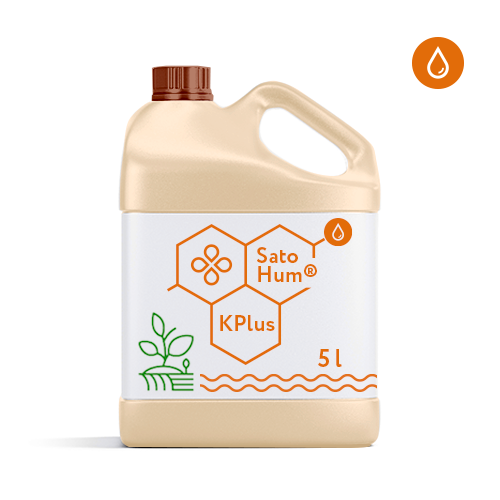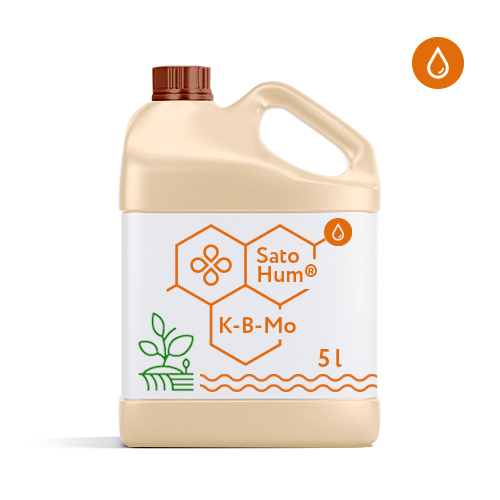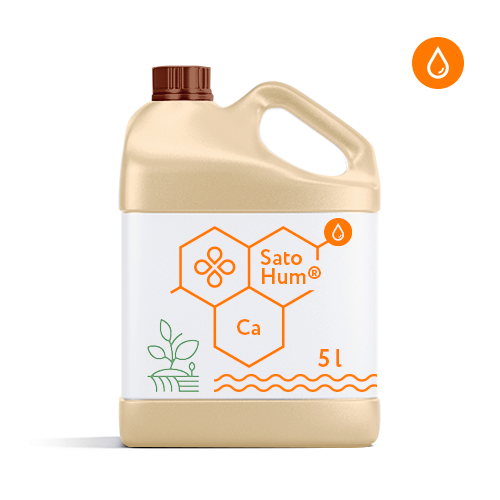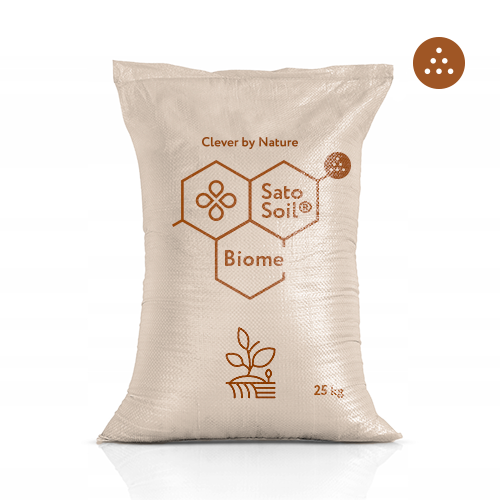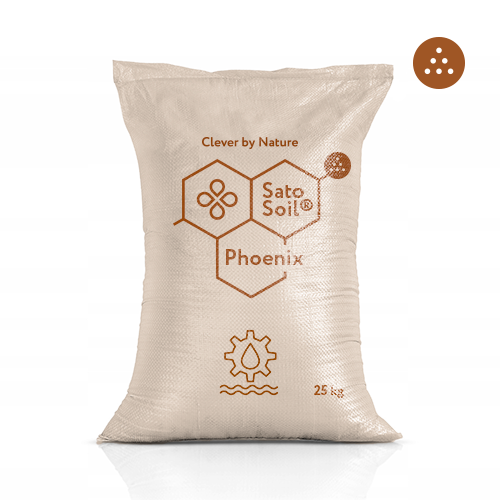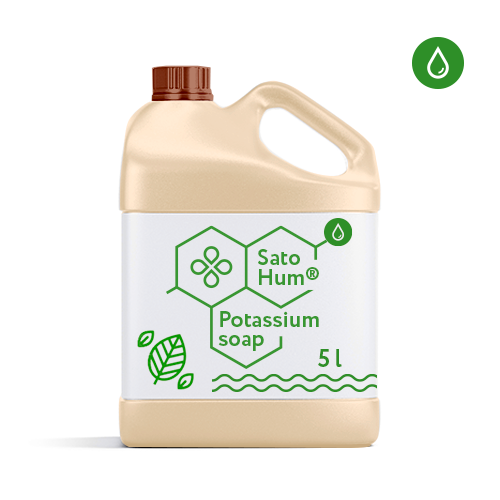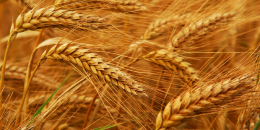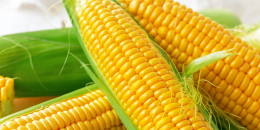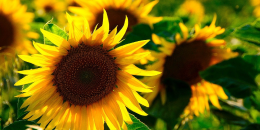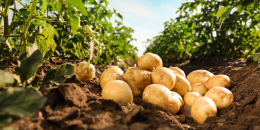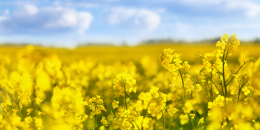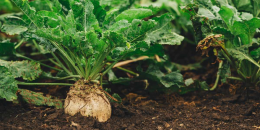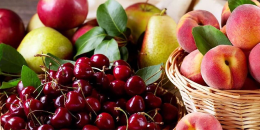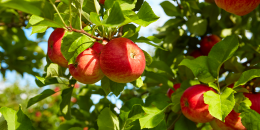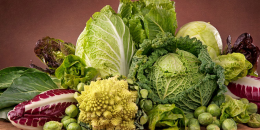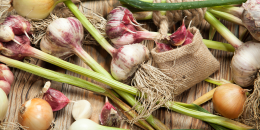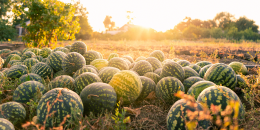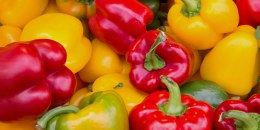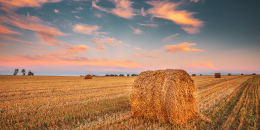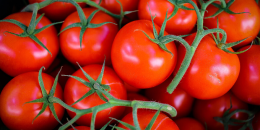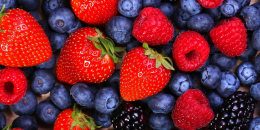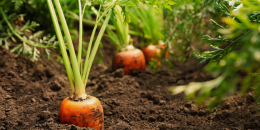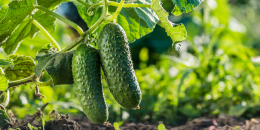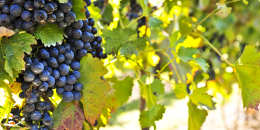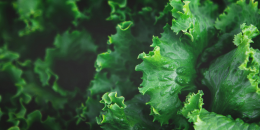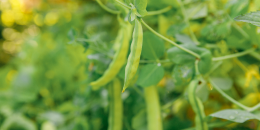Fruit pome crops include apple, pear and quince plantations, the most common pome crops in European industrial horticulture. All these crops can be grown in extensive and intensive farms. Fruit pome fruits bring a stable harvest on light soils. These cultures love heat, light, but are also cold-resistant. Pear and quince don’t tolerate frost.
Pome fruits
Unlike apple trees, pear and quince trees are more durable and bear fruit for many decades. Their minimum fruiting period is 50 years, while apples bear fruit up to 30 years in an extensive orchard. In intensive horticulture, the fruiting period is sharply reduced, but trees grafted by cuttings and rejuvenating pruning prolong the the garden life.
While laying or re-laying pome orchards, it’s important to pay attention to feeding soils. The soil improver with an intensified effect SatoSoil® pHoenix is suitable for this, since it restores the pH on saline and acidic soils, or any SatoSoil® improver is applied once in autumn or before transplanting saplings.
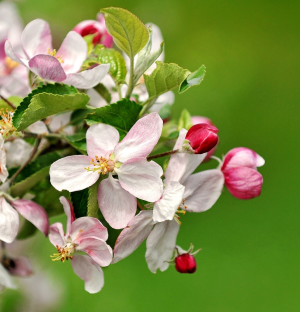


These soil conditioners contain an environmentally friendly peat-sapropel mixture and are rich in humic and fulvic acids, which extend the buffering of the fertile layer, and serve as bactericidal and fungicidal protection for the root system of fruit trees.
In the fight against insect pests and mycotic microorganisms’ attacks, SatoHum® Potassium soap shows excellent results, applying directly to the leaves and shoots by sprinkling.
To increase the drought resistance and immunity of fruit trees to adverse stress factors – atmospheric, agrophysical, as well as to prevent diseases, the silicon-containing liquid humate SatoHum® SiO is used, which reduces the incidence and parasites attacks, activates the migratory ability of nutrients and strengthens plants.
Targeted feeding of pome crops with SatoGrow® organo-mineral biostimulants, as well as the addition of SatoHum® line compositions to drip irrigation, correct the deficiency of the essential macro, meso and micronutrients.
Fruit pome crops include apple, pear and quince plantations, the most common pome crops in European industrial horticulture. All these crops can be grown in extensive and intensive farms. Fruit pome fruits bring a stable harvest on light soils. These cultures love heat, light, but are also cold-resistant. Pear and quince don’t tolerate frost.
Unlike apple trees, pear and quince trees are more durable and bear fruit for many decades. Their minimum fruiting period is 50 years, while apples bear fruit up to 30 years in an extensive orchard. In intensive horticulture, the fruiting period is sharply reduced, but trees grafted by cuttings and rejuvenating pruning prolong the the garden life.
While laying or re-laying pome orchards, it’s important to pay attention to feeding soils. The soil improver with an intensified effect SatoSoil® pHoenix is suitable for this, since it restores the pH on saline and acidic soils, or any SatoSoil® improver is applied once in autumn or before transplanting saplings.



These soil conditioners contain an environmentally friendly peat-sapropel mixture and are rich in humic and fulvic acids, which extend the buffering of the fertile layer, and serve as bactericidal and fungicidal protection for the root system of fruit trees.
In the fight against insect pests and mycotic microorganisms’ attacks, SatoHum® Potassium soap shows excellent results, applying directly to the leaves and shoots by sprinkling.
To increase the drought resistance and immunity of fruit trees to adverse stress factors – atmospheric, agrophysical, as well as to prevent diseases, the silicon-containing liquid humate SatoHum® SiO is used, which reduces the incidence and parasites attacks, activates the migratory ability of nutrients and strengthens plants.
Targeted feeding of pome crops with SatoGrow® organo-mineral biostimulants, as well as the addition of SatoHum® line compositions to drip irrigation, correct the deficiency of the essential macro, meso and micronutrients.
| SOILS | VEGETATION BEGINNING | GROWTH | HARVEST | ||
| SatoSoil® Biome
Garden sanitation Inter-row feeding Deep incorporation 0,5 – 1 kg/tree Feeding after harvest Increased winter hardiness 0,5 – 1 kg/tree SatoSoil® pHoenix Replanting of gardens Deep incorporation 0,6 – 1,2 kg/m²
|
SatoGrow® K or
SatoGrow® NPK Top dressing of nursery gardens Beginning of the growing cycle Biostimulation of growth 30 – 75 g/tree SatoHum® K Plus Supplemental potassium feeding Increasing plant immunity Soaking the roots of seedlings 10 ml/10 l of water Watering 0,1 – 0,3 l/ha
|
SatoHum® Complex
Bud development Flowering Ovary No more than 3 applications/cycle: 0,1 – 0,3 l/ha SatoHum® Potassium soap Pest control Fungi control (fruit rot and mycosis) 30 – 40 ml/10 l of water
|
SatoHum® Ca
Fruit ripening 0,3 l/ha SatoHum® K-B-Mo Correction of nutritional deficiencies Fruit corking – boron deficiency Excessively small fruits – lack of potassium 0,3 l/ha SatoHum® Pure In organic farming, it’s used in any non-root irrigation no more than 3 times per growing cycle 15 – 20 ml/10 l of water
|
SatoHum® Ca
Mass gain “Vitreous” fruits, friable and brown fruits, pitted and spotted 0,3 l/ha SatoHum® K Shelf life of fruits 0,3 l/ha |
|
WARNING: 4 Sato® Steps is a comprehensive crop care system that provides the basic crop needs for the main 12 macro, meso and micronutrients for an optimal growing cycle and unlocking the potential of each crop.
General recommendation for fruit bushes and trees: Perennial fruit crops (both shrubs and trees) vary in age, branching, and total crown area. Given that all these plants are perennial, there is no risk of removal of humic or fulvic acids with the end of the season, because all surplus goes into the root system and continues to nourish the tree or bush for the next season, so the dosage for fruit trees and shrubs is calculated per tree/bush.
SOILS: The need for macronutrients in fruit trees changes with their age and varies over the vegetative and generative organs of the plant, since there is no same removal of nutrients as in annual crops. Both SatoSoil® Soil improvers and SatoGrow® Biostimulants are introduced into the trunk circle for precise feeding of the tree/bush. In the autumn application, it’s recommended to introduce the maximum dose, in the spring – the minimum one. For irrigation, it’s recommended to activate granulates (soil improvers or biostimulants) with SatoHum® liquid formulations and SatoGrow® liquid organo-mineral biostimulants.
VEGETATION BEGINNING: Treatment of saplings, bushes and flowers of fruit crops with Sato® Seeds or SatoHum® K compounds is compatible with treatment by classical protectants without reducing the rates of their application, and helps to increase shoots viability and ovary development.
GROWTH: Our SatoHum® solutions have a guaranteed composition with high content of humic and fulvic acids with amino acids of plant origin. It’s not recommended to exceed the total dose of SatoHum® liquid formulations over 5 l/ha/season, starting from the germination and budding phase. If SatoHum® Potassium soap is used for prophylactic purposes, it is recommended to apply the minimum dose. If treatment is carried out to fight active pathogens/parasites, the dose indicated in the product card for the specific pest shall be applied.
HARVEST: Simultaneous fertilization with several SatoHum® products is not expected. It’s not recommended to exceed the specified application rates. For single, not systemic application of SatoHum® products, the maximum dosage of the product is recommended.

